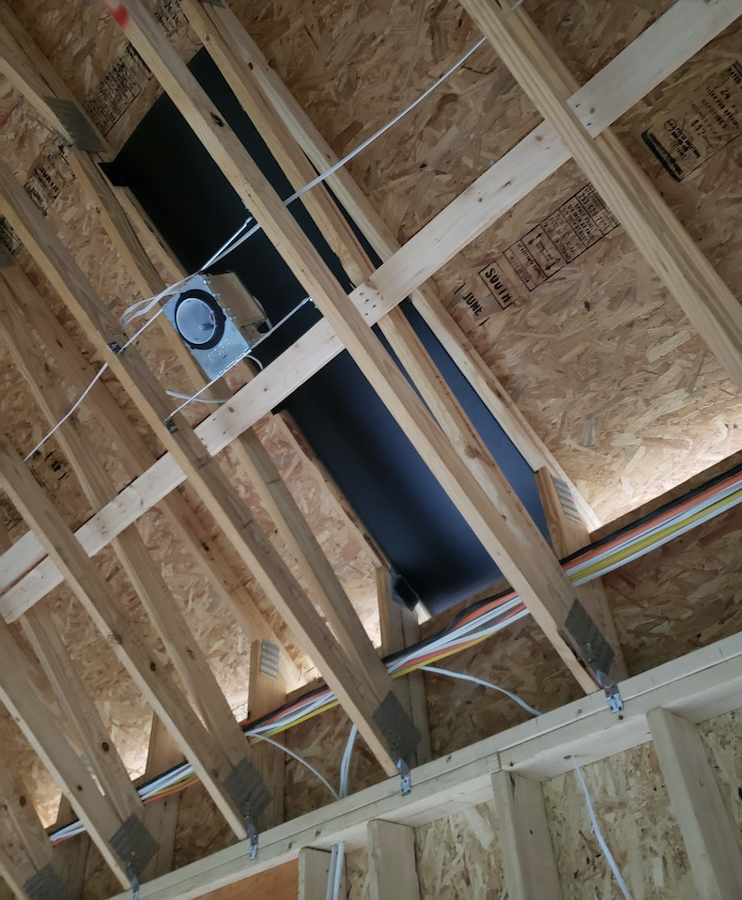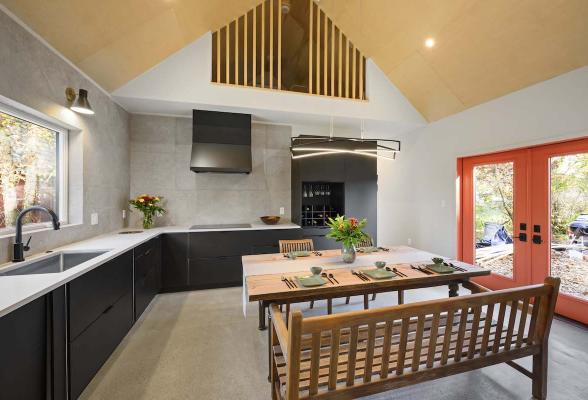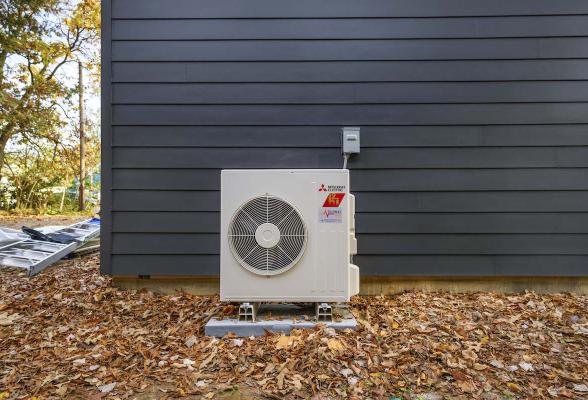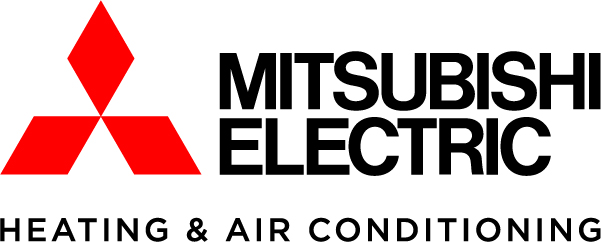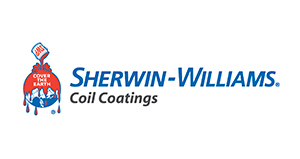To Vent or Not to Vent, Part 2: The Decision
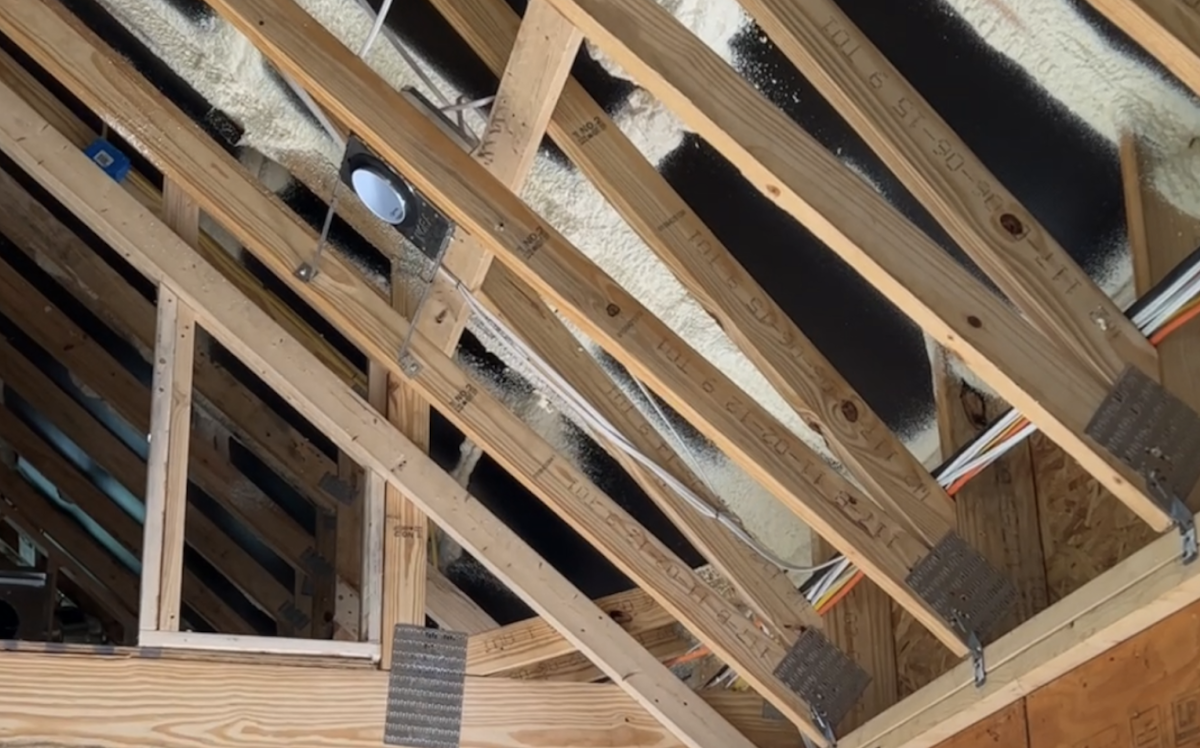
Contractors Nicole Tysvaer and Matt Kulp of Symbi Homes have made a decision regarding roof ventilation at their Model ReModel 2022 in-law suite addition.
The remodelers had been debating two options for insulation at the vaulted ceilings of their newly constructed Zero Energy Ready structure:
(1) Open- or closed-cell spray foam to completely insulate and air seal an unventilated roof system; or
(2) Insulate with dense-packed cellulose and maintain a natural "stack effect" ventilation system via soffit and ridge vents.
Stack effect ventilation (or chimney effect) refers to the natural movement of air resulting from changes in air pressure, temperature, and density levels. This occurs when warm air inside a building rises, pressurizing the top of the building and pushing that warm air out while pulling in cold air at the bottom, for example.
The Symbi team chose option #2 and selected Greenfiber's Sanctuary cellulose product for the ceiling insulation. Using DCI Products corrugated plastic 24" Smart Baffles, the builders created an unobstructed 2" channel for natural ventilation in between roof sheathing and R-49 dense-packed cellulose.
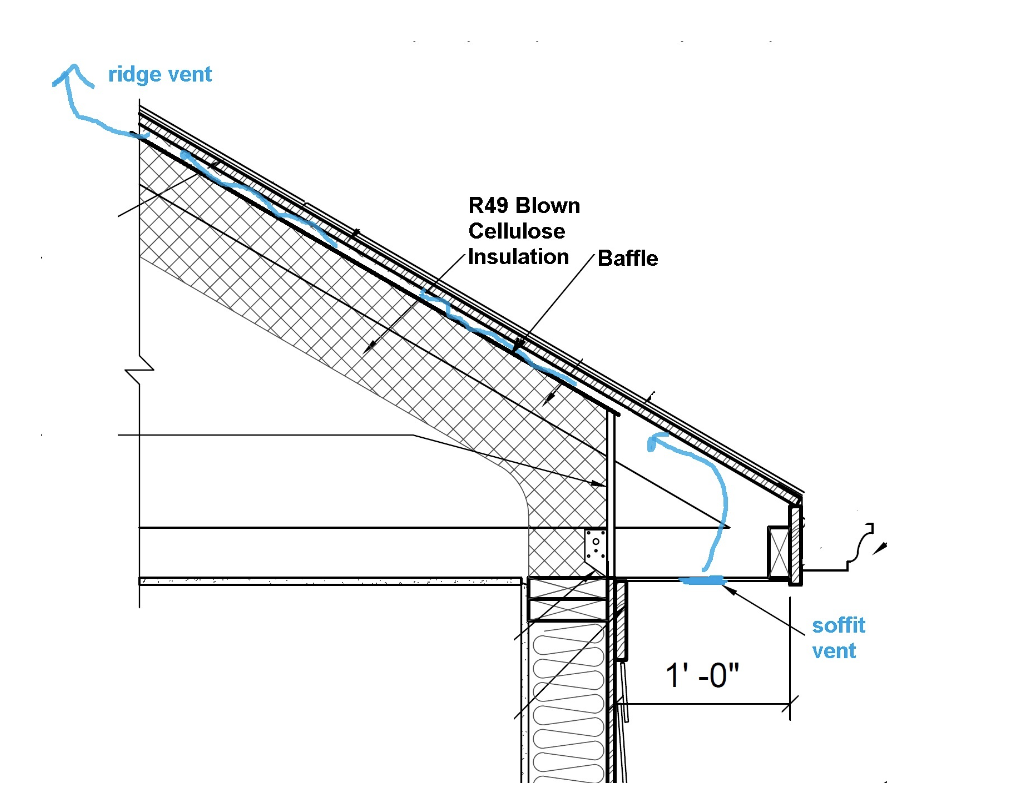
"While we subscribe to the trend in our building science world to tighten up envelopes and rely primarily on mechanical ventilation, we also appreciate the thought behind more traditional building techniques which have relied on natural ventilation," says Tysvaer. "This system combines a ventilated roof with an airtight dense-packed cellulose cavity to both minimize thermal transfer and reduce moisture issues."
Allowing air to move freely through channels embedded within a pitched roof system creates a stack effect, which means warmer air naturally rises through soffits and out the ridge vent. This movement of air helps to prevent a build-up of moisture under the roof's finish material.
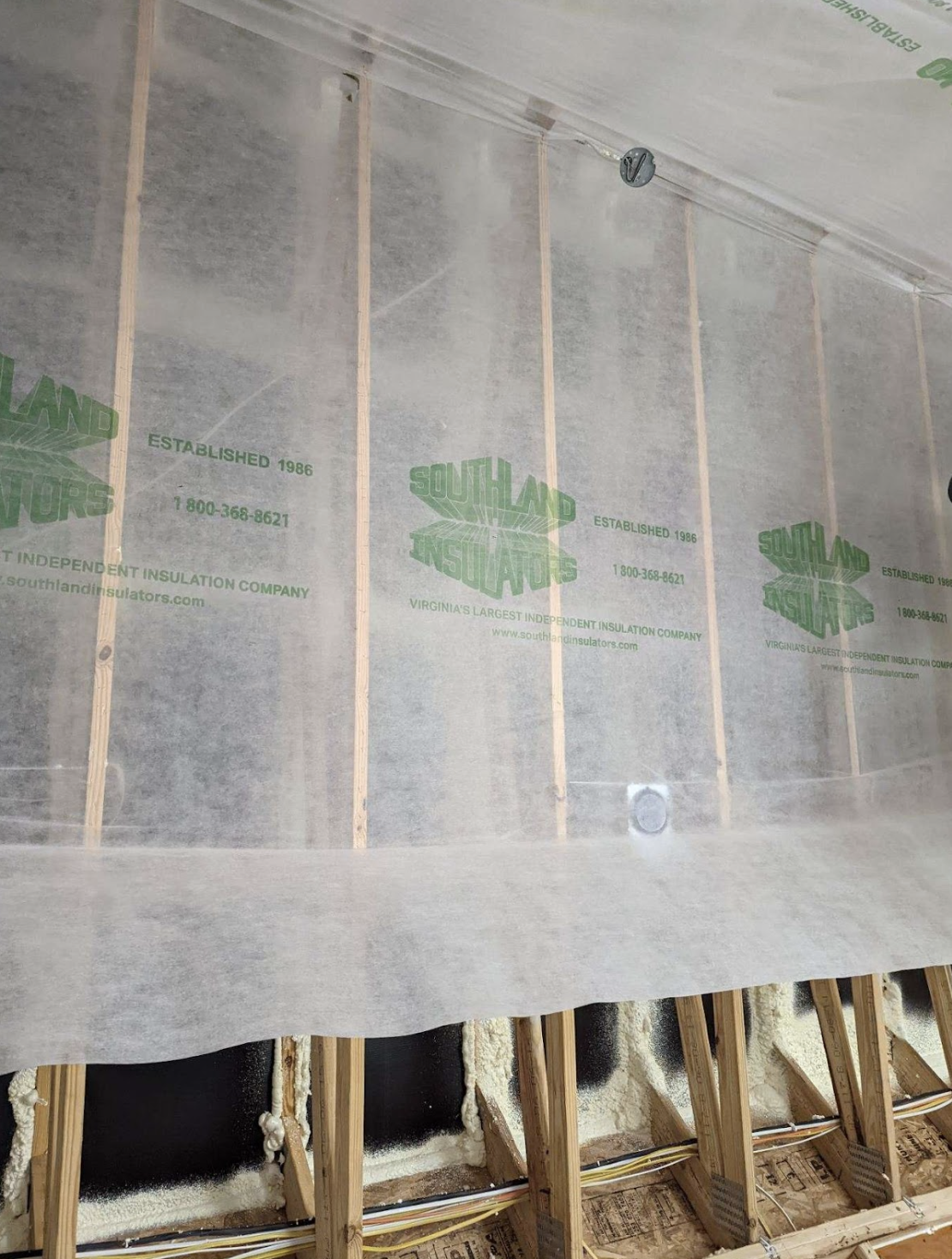
The cellulose material will be held in place with netting, 3/4" battens, and a plywood ceiling that will be clear-coated and left exposed. Edges and gaps around the baffles were meticulously sprayed with a polyurethane foam sealant to ensure the insulation cavity is completely airtight.
"This process is more labor intensive than your typical spray foam application, but we have the added bonus of using a sustainable cellulose product that is actually beneficial to the environment for the bulk of our insulation," explains Tysvaer.
